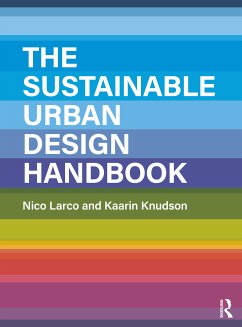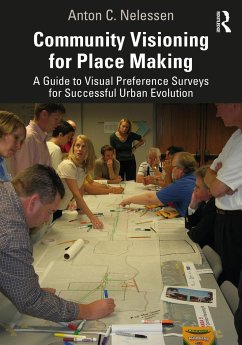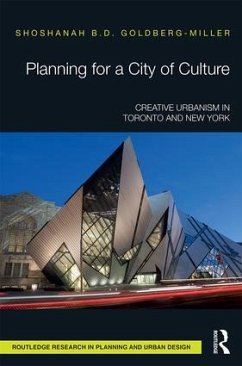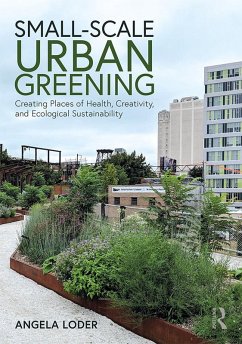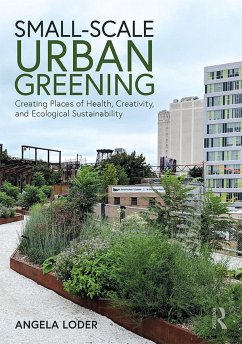
Design Governance
The Cabe Experiment
Versandkostenfrei!
Versandfertig in über 4 Wochen

PAYBACK Punkte
45 °P sammeln!




Design Governance reflects on the experience of CABE (the Commission for Architecture and the Built Environment), a decade long globally unique experiment in the governance of design.
Matthew Carmona is a Professor of Planning and Urban Design at University College London's (UCL) Bartlett School of Planning, UK. His research has concentrated on urban design, processes of design governance, and the design and management of public space. He is an architect, planner and chair of the Place Alliance. Claudio de Magalhães is a Reader of Urban Regeneration and Management at UCL's Bartlett School of Planning, UK. His interests have been in planning and the governance of the built environment, the provision and governance of public space, property development processes, and urban regeneration policy. Lucy Natarajan is an experienced researcher at UCL's Bartlett School of Planning, UK, where she did her PhD. Her core areas of concern are urban policy, knowledge in decision-making, public participation, spatial strategy, and new technologies of governing. She is an experienced facilitator with a track record of managing collaborative work.
Produktdetails
- Verlag: Taylor & Francis Ltd
- Seitenzahl: 272
- Erscheinungstermin: 15. Juli 2016
- Englisch
- Abmessung: 274mm x 218mm x 30mm
- Gewicht: 998g
- ISBN-13: 9781138812154
- ISBN-10: 1138812153
- Artikelnr.: 47722789
Herstellerkennzeichnung
Libri GmbH
Europaallee 1
36244 Bad Hersfeld
gpsr@libri.de
Für dieses Produkt wurde noch keine Bewertung abgegeben. Wir würden uns sehr freuen, wenn du die erste Bewertung schreibst!
Eine Bewertung schreiben
Eine Bewertung schreiben
Andere Kunden interessierten sich für




